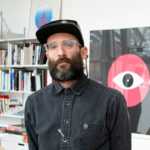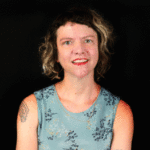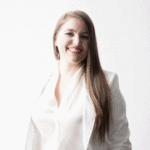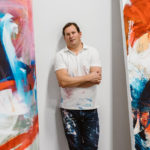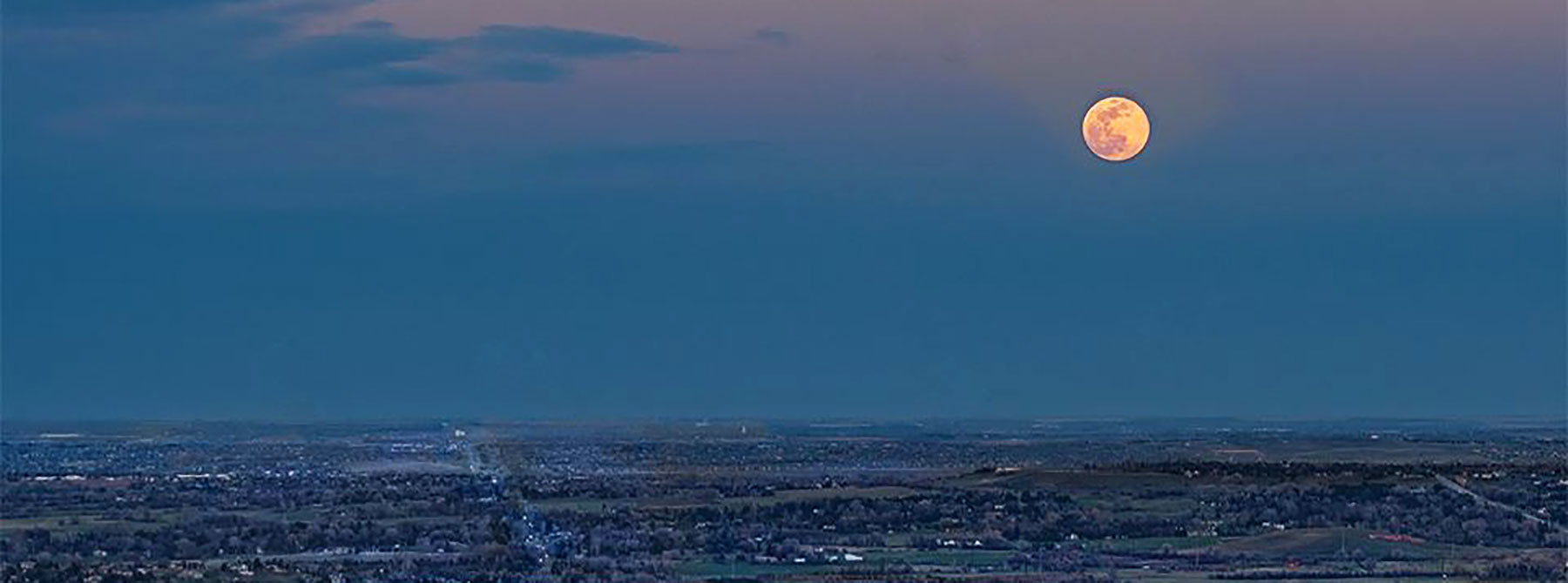We all feel Boulder’s vibrancy and its creative energy, but its art scene remains dampened, underground and a bit disconnected. We’ve spoken to many people for our Art issue, and most of those we interviewed described a similar phenomenon: Lots of creatives and artists in Boulder, but not much of a scene.
To better understand why, BLDRfly hosted its first event — of course, this one was online. We invited a diverse mix of influential people in the Boulder art world to discuss how they viewed the scene and how they felt it could be better. The video is below.
(We are continuing this conversation amid the current COVID-19 crisis, in part to stay sane, in part to keep our engines moving, so we’re ready when things return to a more normal state).
The panelists included:
- Lauren Click, who moved to Boulder three years ago from New York, coordinates grants for the City of Boulder’s Office of Arts + Culture program, which granted $925,000 this year to 97 grant recipients.
- Lisa Nesmith is an artist and president of NoBo Art District which coordinates monthly First Friday events, an annual Open Studios tour in conjunction with Open Studios and other year-round exhibition programming.
- Will Day, an abstract expressionist painter from New York, has figured out how to monetize his passion with a team of advisers and a business model that leases art to corporations.
- Todd Berger co-runs the commercial design firm Berger & Föhr with fellow designer and artist Lucian Föhr (who also joined the conversation), and has worked as a designer in Boulder for over twenty years. Along with their design business, the two also head up a contemporary art practice that comprises a third of their business.
- Sandra Firmin, who also comes from New York, works as chief curator at University of Colorado Art Museum, which has both an inward facing mission to the students and an outward facing one as a resource to the rest of Boulder.
The city is fairly conservative
Whether it be a permit to shut down a street for a fair or a march or a license to serve or consume alcohol, the city is fairly slow-moving and conservative. None of this is surprising to Boulder residents, but this hampers the ability to unleash some of Boulder’s creative energy on the streets.
Lisa, who runs the all-volunteer NoBo Art District as president, has noted this complication in her group more fully meeting its mission of making art more prevalent in the city’s only official art district. Lauren and Sandra said they had experienced similar challenges in their work.
One option would be to work with the city to make permitting for art events a little more lenient.
Lack of a cohesive scene
In the early 2000s, Todd and some partners stimulated the local art scene with its Joy Engine movement, which included DJed events at a downtown gallery.
Nothing like that exists now. In fact, many of the panelists had never met. In a town as small as Boulder, this is telling.
BLDRfly will work to spearhead a cross-pollinating gathering to help stimulate this energy ready to be shared.
No marketplace for art
Will is a full-time professional artist in Boulder, but he doesn’t expect to make a living by selling his art at Boulder galleries. The reason is simple — there’s no market for higher-priced art here.
Denver’s market, of course, is growing, but Boulder remains an outpost, and not a prominent one. A major local dealer would have to emerge for this to really take off.
Boulder demo
It’s quite clear to those of us who live here that a tech, moneyed demo has supplanted some of Boulder’s art energy that rode high in the seventies and eighties.
Regardless, the arts and artists are passionate here and with some effort it can have a bigger presence.



